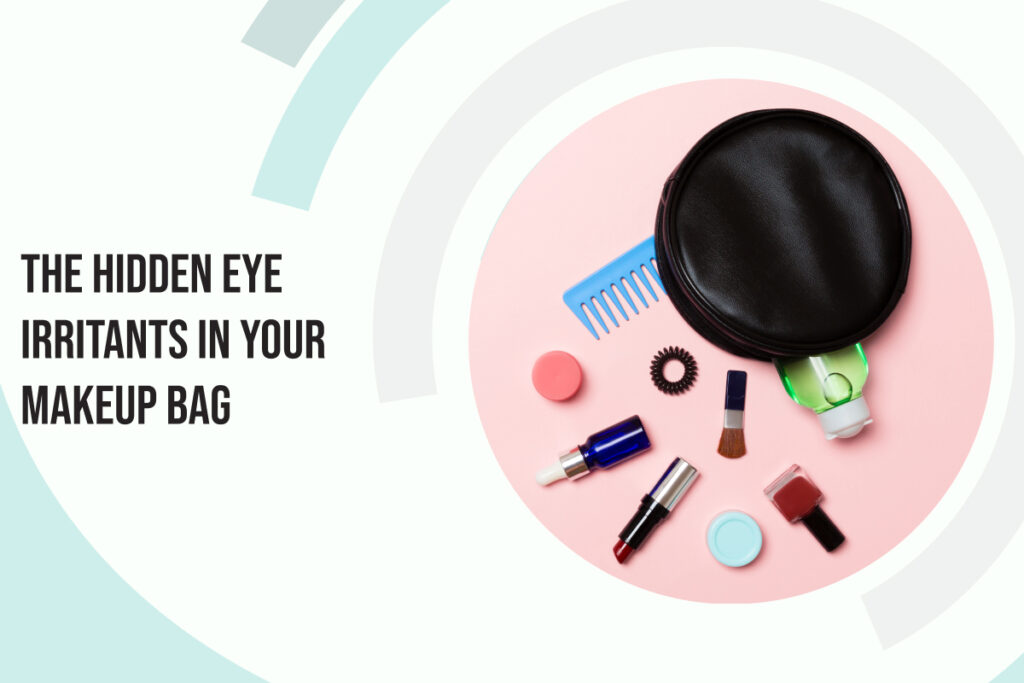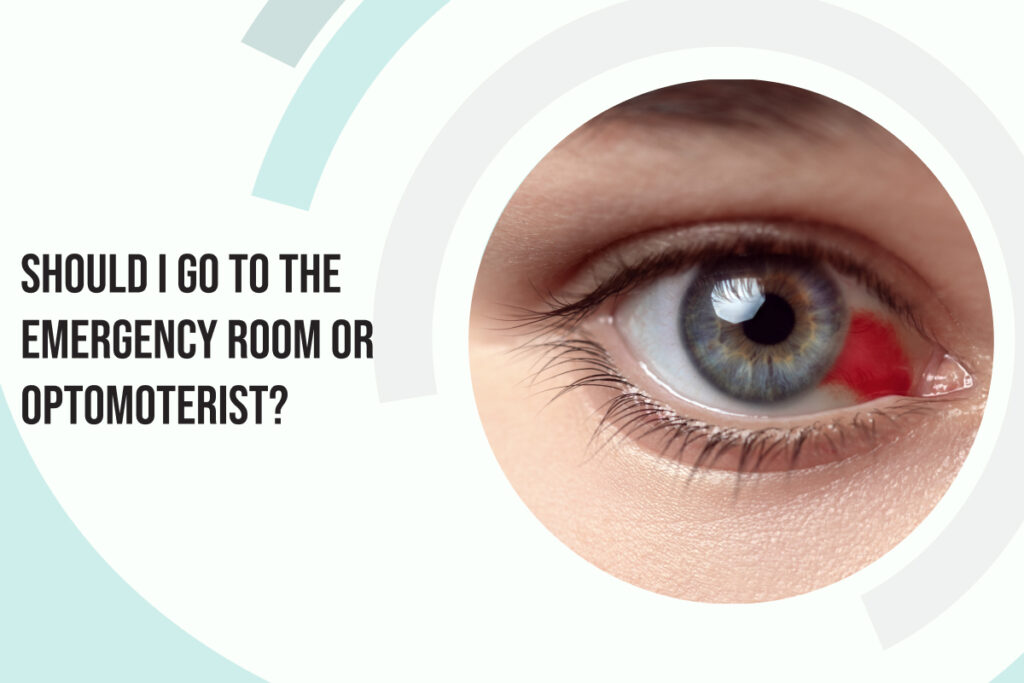If you’ve been wearing contact lenses for a while, you may assume they’re working just fine—until discomfort, blurred vision, or eye strain starts to creep in. These subtle signs often signal that upgrading your contact lenses is time. The fit, material, and technology behind modern contacts have evolved, and upgrading to better-fitting lenses can dramatically enhance both your comfort and eye health.
Understanding the Importance of Fit
Contact lenses aren’t a one-size-fits-all solution. Everyone’s eyes are different, and even small curvature, diameter, or lens material mismatches can lead to problems. Poorly fitted lenses may cause irritation, dry eyes, redness, or even blurred vision, especially after long hours of wear.
Better-fitting contact lenses contour more naturally to the shape of your eyes. This precise fit helps distribute pressure evenly, promotes better tear exchange, and allows oxygen to reach the cornea more efficiently. As a result, your eyes stay more comfortable and hydrated throughout the day.
Signs Your Current Lenses Aren’t Cutting It
There are many signs that your current contact lenses may be outdated or no longer suitable for your eyes:
- Increased dryness: If your lenses feel dry or sticky by the afternoon, they may not be holding moisture effectively.
- Frequent irritation or redness: Discomfort that appears more often could signal that your eyes are reacting to the lens material or a poor fit.
- Fluctuating vision: Your prescription may have changed, or the lenses might not be sitting correctly on your eye.
- Frequent infections: Repeated eye infections may result from lens hygiene issues, but outdated or degraded lenses can also be a culprit.
- Shortened wear time: If you find yourself needing to remove your lenses earlier than usual, it might be time to explore newer options.
Technological Advancements in Contact Lenses
Modern contact lenses have come a long way. Today’s options include high-oxygen silicone hydrogel materials, daily disposables with built-in moisture technology, and even smart lenses with light-adaptive features. Some brands now offer lenses tailored for digital eye strain—perfect for those who spend long hours on screens.
Specialty lenses are also available for people with dry eye syndrome, astigmatism, presbyopia, or keratoconus. At Lethbridge Vision Care, we provide personalized fittings and access to the latest lens technology, ensuring every patient finds the most suitable and comfortable solution.
How Often Should You Upgrade Your Contact Lenses?
There’s no universal rule for when to upgrade your contact lenses, but several key situations should prompt a reassessment.
Most people benefit from a comprehensive eye exam and lens evaluation at least once a year to ensure optimal performance. Changes in your lifestyle—such as increased screen time, exposure to seasonal allergies, or a new work environment—can also affect how well your lenses function. If you notice any persistent discomfort, it’s important to speak with your eye care provider, as this may indicate your lenses are no longer the right fit. Additionally, if your vision feels less sharp than usual, a prescription change along with a lens upgrade may be necessary.
Don’t wait for major problems to arise—proactively upgrading can help prevent long-term eye issues and significantly enhance your daily comfort.
The Value of a Professional Contact Lens Fitting
Upgrading your contact lenses isn’t just about grabbing the newest brand on the market. It requires a professional fitting to ensure the lenses match your corneal shape, prescription, and lifestyle needs. A comprehensive fitting includes corneal topography, tear film evaluation, and trial lens testing to ensure optimal results.
At Lethbridge Vision Care, we specialize in customized contact lens fittings using advanced diagnostic tools. Whether you’re a long-time wearer or trying contacts for the first time, our optometrists guide you through every step to find the perfect fit.
Insurance and Eye Health Coverage
In many cases, vision insurance covers regular eye exams and may partially reimburse new contact lenses. Some extended health plans also include specialized lenses when prescribed for medical conditions like keratoconus or dry eye.
Better Fit, Better Vision, Better Life
Upgrading your contact lenses is about more than just seeing clearly—it’s about feeling your best every day. Better-fitting lenses reduce fatigue, dryness, and strain while helping you stay focused and comfortable, whether you’re at work, on the go, or relaxing at home.
By staying proactive with your eye care and embracing newer lens technologies, you can prevent long-term issues and enjoy consistently clear, comfortable vision. Book a contact lens consultation at Lethbridge Vision Care to experience the difference that a better fit can make.







